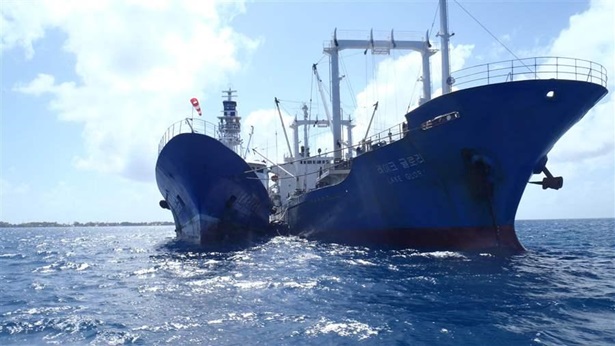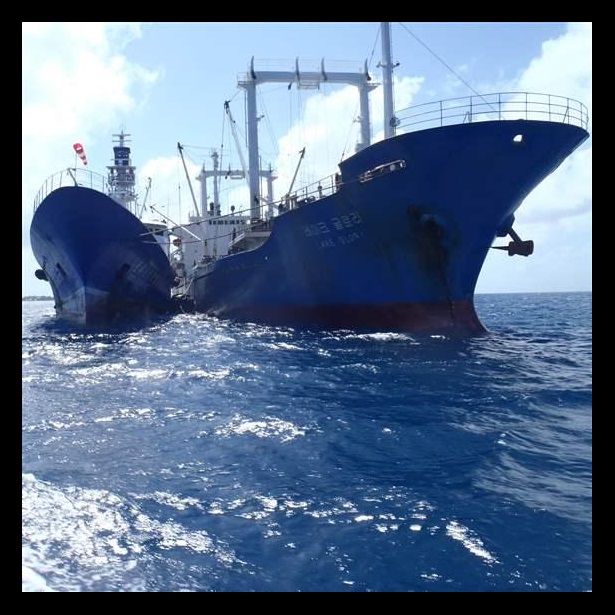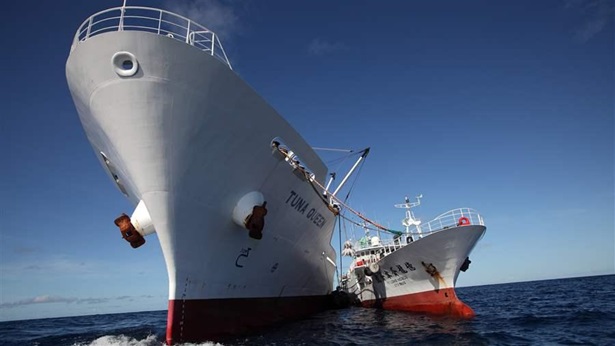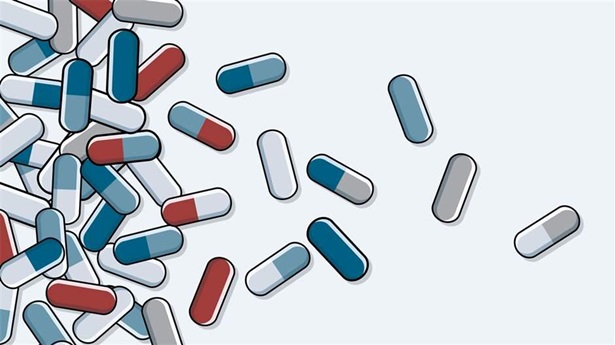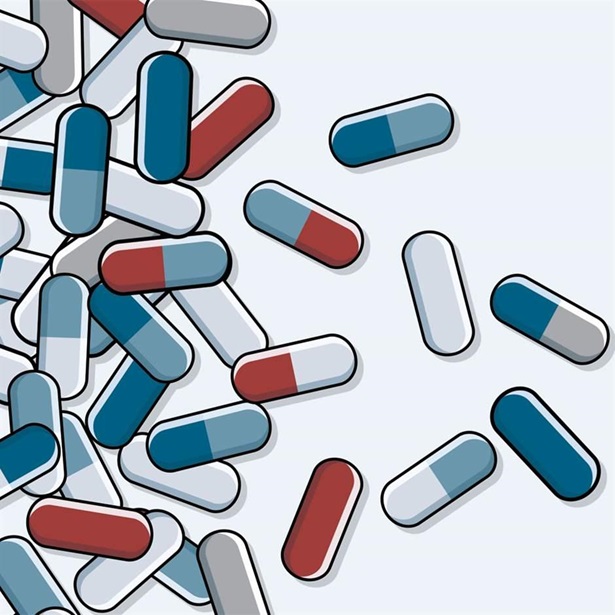International Guidelines Would Help Stem Illegal Activity Tied to At-Sea Transfer of Fish
At February meeting, U.N. body should agree to improve monitoring, reporting and accountability for transshipment
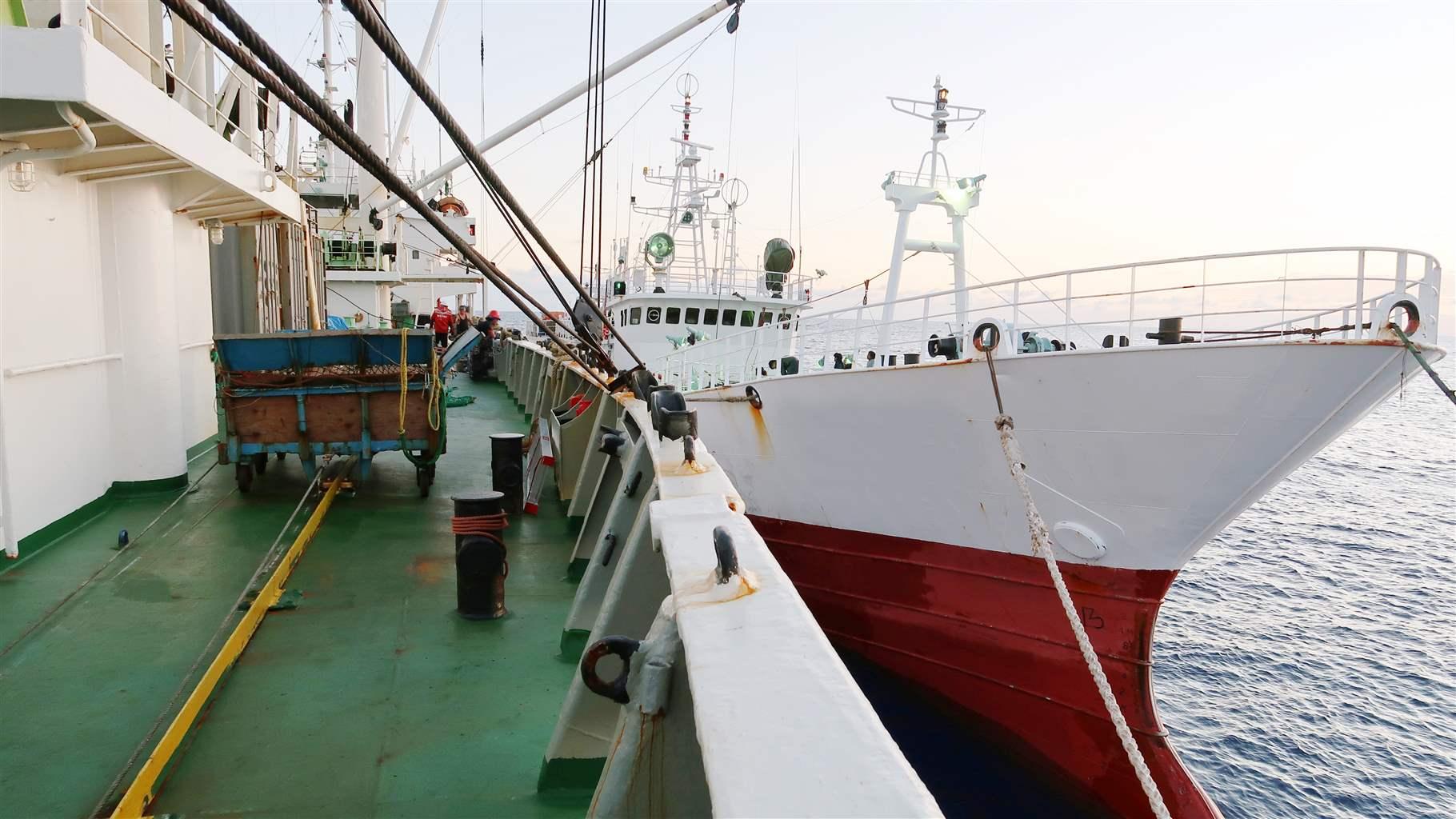
In much of the world, the fastest way for commercially caught fish to get from sea to market is through transshipment, where catch is transferred from the fishing vessel to a carrier ship that takes it to port. But regulation, monitoring and enforcement of at-sea transshipment are often inadequate, creating ample opportunities for illicit activities, including the laundering of illegally caught fish and trafficking of wildlife and people.
Many regional fisheries management organizations (RFMOs), which manage fish populations in different areas of the ocean, acknowledge the risks involved in unregulated transshipments and have developed some measures to control these activities. But that oversight is patchwork, ad hoc and lacks uniformity, which of course makes it less effective.
Fortunately, that could soon change: When members of the United Nations Food and Agriculture Organization’s (FAO) Committee on Fisheries (COFI) meet virtually 1-5 February, they have the opportunity to begin formal development of international transshipment guidelines to help RFMOs and governments manage transshipment in a more coordinated, harmonized and successful way.
COFI, which meets biennially to review and provide direction on the world’s fisheries and aquaculture industry, has been building towards this action since 2016, when its members specifically requested FAO begin exploring transshipment regulations. Following several high-level meetings, expert workshops and in-country research projects, the FAO released a report in December that outlines five key elements that should be included in the guidelines:
- Universal definitions: Transshipment should take place only in cases where there are clear and agreed definitions of what constitutes “transshipment,” “containerization” and “landing.”
- Authorization requirements: Only vessels that meet specific obligations should be authorized to transship. These may include requirements that vessels be on the authorization list and flagged to the RFMO member State where the transshipments occur; that vessels cannot act as donor and receiving vessels on the same trip, meaning they cannot both offload and take on catch; that monitoring, control and surveillance measures be in place; and that eligible vessels be listed under the International Maritime Organization numbering scheme.
- Reporting mandates: Vessel operators should be required to submit standardized transshipment declarations and reports to all relevant authorities, including RFMOs. These reports should include all species transshipped, including bycatch and any unregulated species. In addition, pre- and post-transshipment notifications and reports must be submitted as soon as possible, and auditing procedures should be established by relevant authorities to verify all transshipment data from vessels, flag States and observers.
- Monitoring measures: Vessels should transmit location data through satellite-based vessel monitoring systems and provide independent verifications of activities through human observer coverage or electronic monitoring. All states receiving vessels involved in transshipment should adopt port State measures, along with either catch documentation schemes or traceability programs for all transshipped catch.
- Information-sharing procedures: Authorities of all relevant flag, coastal and port States and RFMO secretariats must follow standardized data-sharing procedures that should be established by competent authorities to help ensure consistent and effective communication and reporting of activity. RFMOs should make this information publicly available – in annual reports – for scientific and compliance purposes.
At February’s COFI meeting, members should request that the FAO establish formal negotiation processes to draft international transshipment guidelines based on these elements; COFI could then adopt these guidelines in 2022. This would be a major step towards establishing transparent transshipment processes that support a sustainable and verifiable seafood supply chain.
Dawn Borg Costanzi and Esther Wozniak work on Pew’s international fisheries program.




